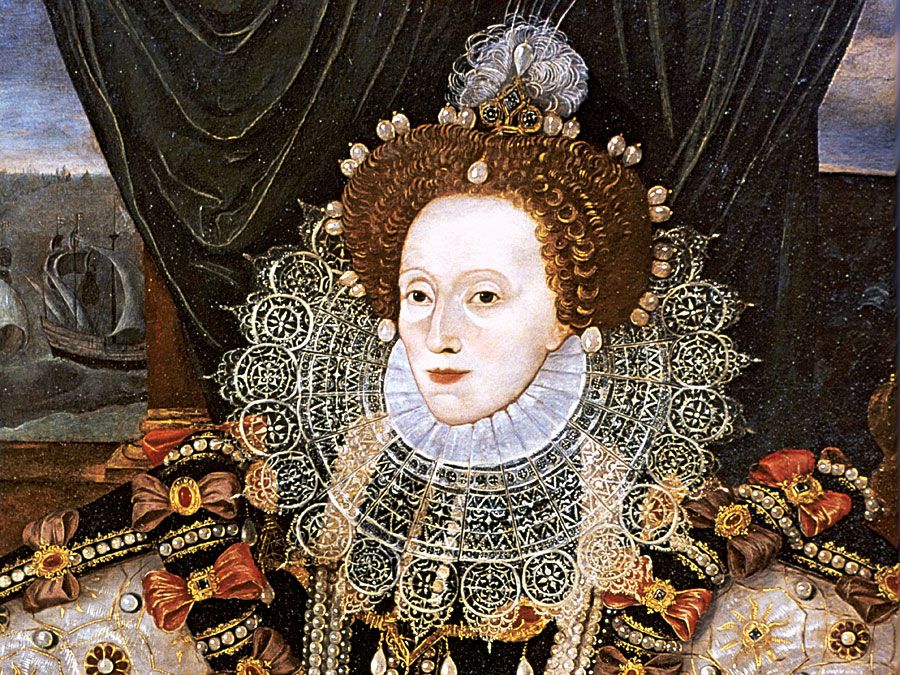History & Society
6 Lost Civilizations
Some civilizations left clues as to what caused their demise, while the loss of others remains a mystery.
Jeremy Woodhouse—Digital Vision/Getty Images
Israel-Palestine Conflict Explained: History, Maps, & Dates
The "Holy Land," a moniker that Israelis and Palestinians share for their beloved region, has been mired in conflict for more than a century.
© Dmitriy Moroz/Dreamstime.com
Editor's Picks
6 Cultures That Recognize More than Two Genders
Curious about genders that defy the binary? Explore cultures around the world that recognize nonbinary identities.
Events of the Ancient Olympic Games
The Olympic Games began in Olympia, Greece, in 776 BCE and took place every four years until 393 CE. They were held in honor of Zeus. At the first Games, athletes competed in only one running event held on a single day. However, over the years other events were added, and the Games eventually were expanded to five days.
Wars of the Roses
Wars of the Roses, (1455–85), in English history, the series of dynastic civil wars whose violence and civil strife preceded the strong government of the Tudors. Fought between the houses of Lancaster and York for the English throne, the wars were named many years afterward from the supposed badges
What’s Inside the Pyramid at Chichén Itzá?
It turns out that there’s more than just rubble inside the pyramid at Chichén Itzá: sculptures, human remains, and possibly an entrance to hell!
5 Famous Battle-Axes
The weaker sex? Not these women.
Hannibal
Hannibal was a Carthaginian general, one of the great military leaders of antiquity, who commanded the Carthaginian forces against Rome in the Second Punic War (218–201 bce) and who continued to oppose Rome and its satellites until his death. Hannibal was the son of the great Carthaginian general
7 Female Firsts in U.S. Politics
A woman’s place is in the House…and the Senate.
What Was the First Book Ever Written?
Learn about the earliest surviving literature.
Spotlight: World War I
The international conflict was virtually unprecedented in the slaughter, carnage, and destruction it caused, embroiling most of Europe along with Russia, the U.S., the Middle East, and other regions. WWI led to the fall of four great imperial dynasties, resulted in the Bolshevik Revolution, and, by destabilizing Europe, laid the groundwork for WWII.
Quizzes
What’s On Your Money Quiz
Do you have the skills to know your bills?
France: A History Quiz
What French woman was arrested for wearing men’s clothing? What French landmark was supposed to last only 20 years?
Fit for a King (or Queen): the British Royalty Quiz
Acing this quiz would be a crowning achievement.
Who Said It? Famous Quotes Quiz
Can you name the people associated with these famous quotations?
Videos

The not-so-Hollywood history of the gladiator
Encyclopædia Britannica, Inc.
Galleries

Castles

World Cup

Kings and Queens of Britain

Notre-Dame de Paris

Women of World War I

Skyscrapers
Featured Categories
War
7 Deadliest Weapons in History
From rocks to rockets.
The War of a Thousand Days
The War of a Thousand Days, (1899–1903), Colombian civil war between Liberals and Conservatives that resulted in between 60,000 and 130,000 deaths, extensive property damage, and national economic ruin. The Liberal Party represented coffee plantation owners and import-export merchants who favoured
9 Questions About the American Civil War Answered
Important questions asked and answered, briefly.
Does Trench Warfare Still Exist?
Tanks and planes made the trenches obsolete—or did they?
History's Mysteries
Nazca Lines
Nazca Lines, groups of geoglyphs, large line drawings that appear, from a distance, to be etched into Earth’s surface on the arid Pampa Colorada (“Coloured Plain” or “Red Plain”), northwest of the city of Nazca in southern Peru. They extend over an area of nearly 190 square miles (500 square km).
9 Mysterious Disappearances of People Other Than Amelia Earhart
People other than Amelia Earhart have disappeared without a trace. Really!
The Lost Colony of Roanoke
Explore the oldest mystery of colonial America.
Voynich manuscript
Voynich manuscript, illustrated manuscript written in an unknown language and thought to have been created in the 15th or 16th century. It is named after antiquarian bookseller Wilfrid Voynich, who purchased it in 1912. Scholars and scientists have sought to decipher the text since the manuscript
Ancient Civilizations
Mali
Mali, trading empire that flourished in western Africa from the 13th to the 16th century. The Mali empire developed from the state of Kangaba, on the upper Niger River east of the Fouta Djallon, and is said to have been founded before 1000 ce. The Malinke inhabitants of Kangaba acted as middlemen
Indus civilization
Indus civilization, the earliest known urban culture of the Indian subcontinent. The nuclear dates of the civilization appear to be about 2500–1700 bce, though the southern sites may have lasted later into the 2nd millennium bce. Among the world’s three earliest civilizations—the other two are
Druid
Druid, member of the learned class among the ancient Celts. They acted as priests, teachers, and judges. The earliest known records of the Druids come from the 3rd century bce. Their name may have come from a Celtic word meaning “knower of the oak tree.” Very little is known for certain about the
Achaemenian Dynasty
Achaemenian Dynasty, (559–330 bce), ancient Iranian dynasty whose kings founded and ruled the Achaemenian Empire. Achaemenes (Persian Hakhamanish), the Achaemenians’ eponymous ancestor, is presumed to have lived early in the 7th century bce, but little is known of his life. From his son Teispes two





































